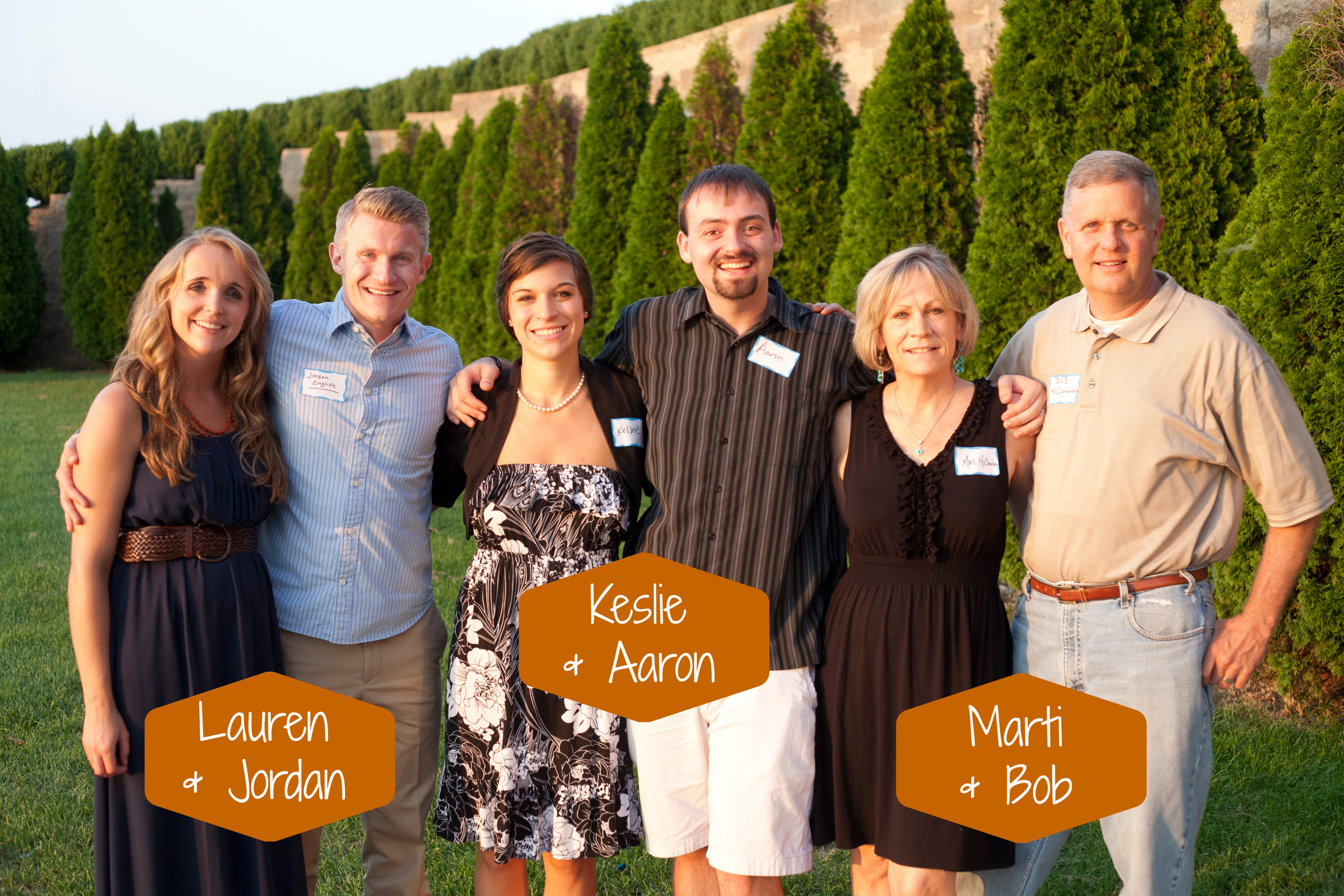Engage your donors at higher level - Final Post
(Make sure you are a part of the conversation and have read the first and second post of this series!) The final leadership step in moving donors from a crowd to a tribe is connecting them to one another. This is scary for a lot of us in non-profit leadership because most organizations will go the direction of the dollar. And if someone, or multiple people are giving substantially and they are unhappy with the direction of the organization they can bring the organization down by stopping their contribution. Plus, there are also stories of mutiny where people remove the leader. I won't deny these situations occur but they can't control us. The changes in our culture around abundant information and how it limits our attention span means we have to lead our donor base towards more consistent connection and we have modern ways to connect them.
It's important to remember at this point that modern technology is an accessory. Make sure you have put in the right amount of time relationally before leaning on a technology to help connect donors. Also know donors want to be connected with equally invested people. Something that's been tremendously successful for our organization is a annual small dinner with the most invested people. The room is full of donors and volunteers using the resources they have to be heavily invested. The time is structured around connection, there are questions on the table to discuss over the meal. We take table pictures and send them as thank you's in order to help people at a table remember each other's name. This is the central event for us around connection.
Now let's talk technology to connect donors:
1. Use a blog - Every story is a chance to connect someone. Which means, every story you have should land in a single place because it provides multiple connecting points. As we talked about in the second post, a blog is a continues story.
2. Use social media - Social media should not be seen as a billboard. Social media should be seen as an opportunity to see what's happening in the lives of those who are invested in your organization. Again, it's about connecting not advertising.
3. Use headlines - When you share stories on a blog and then tweet out or post these stories on Twitter and Facebook be sure use a headline that would grab the attention of a specific audience. This also means the post itself has to be focused on a specific audience. Using generalities will get you limited attention.
4. Encourage participation - People are more likely to connect with a story someone else shares instead of what the organization shares. Plus, this allows people to connect to one another instead of just connecting with the leader. Use hashtags to encourage participation around a topic. You can then share the outcome with people using an awesome tool like www.tagboard.com. Why spend a ton of time trying to create a story when people have already written one for you?
I hope this series has been helpful for you. I want the work you do to change the lives of other to be supported! Please let me know if you would like more information or you would like to discuss a certain topic! Also, feel free to use the comment section below to ask questions or make additions!


